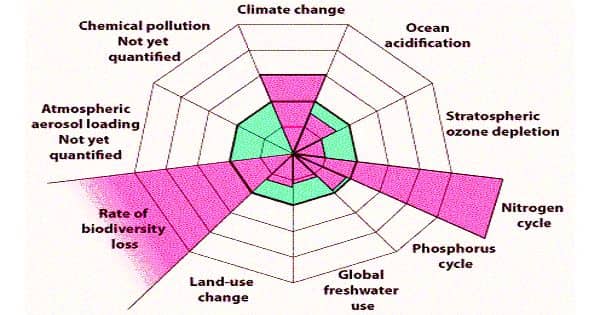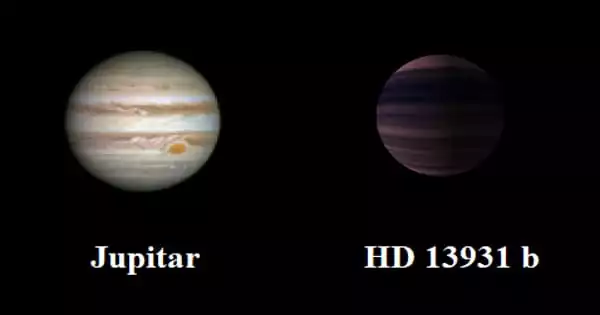The thickness of the stratosphere has decreased by about 400 meters (1,312 feet) since 1980, and scientists fear that by 2080 the contraction could reach 1.3 kilometers (0.8 miles).
The authors of a new study confirm for the first time that the stratosphere is thinning globally and that greenhouse gas emissions are largely responsible for it, writes the journal Environmental Research Letters. The stratosphere is an essential element of the atmosphere that covers about 20 to 60 kilometers (12.4 to 37.3 miles) above the Earth’s surface and contains the ozone layer.
As such, it plays an important role in absorbing the sun’s harmful ultraviolet rays – although previous measurements have indicated that this atmospheric layer may be thinner in place. To date, this loss of stratospheric thickness has been identified as the cause of ozone depletion due to the widespread use of chlorofluorocarbons (CFCs) for decades. Fortunately, however, the periodic ozone layer within CFCs has been able to recover in most cases over the past 20 years or more, eliminating the risk of long-term damage to the stratosphere. However, this new study reveals that a decline in CFC use causes the ozone layer to recede and even one more factor must indicate that this worrying trend is continuing, as the stratosphere continues to contract. The study authors have analyzed satellite data over the past four decades and cross-referencing with climate models that map the increase in carbon emissions during this period.

This type of emission expands the troposphere – the atmospheric layer that contains the air we breathe – causing the stratosphere to shrink and shrink from below. Yet once it enters the stratosphere, carbon dioxide has the opposite effect, causing it to cool. This drop in temperature forces the gases in this layer to contract, making them thinner. According to the researchers, the continuous contraction of the stratosphere is very well linked to the steady increase in emissions over the last 40 years, which suggests that greenhouse gases are indeed responsible for this change. In an interview with the Anadolu Agency, study author Juan Antonio Añel explained, “We have discovered that the stratosphere has shrunk by more than 100 meters [328 feet] every decade since 1980, and we have proven that it is due to greenhouse gases.”
“In a scene of rapid climate change, our planet’s stratosphere could lose 4% of its vertical expansion (1.3 kilometers) from 1980 to 2080,” he said. The exact outcome of the situation remains to be seen, although the authors of the study conclude that “it may affect satellite trajectories”, as well as “propagate radio waves and ultimately the overall functioning of the Global Positioning System (GPS).” -Based navigational system.
















